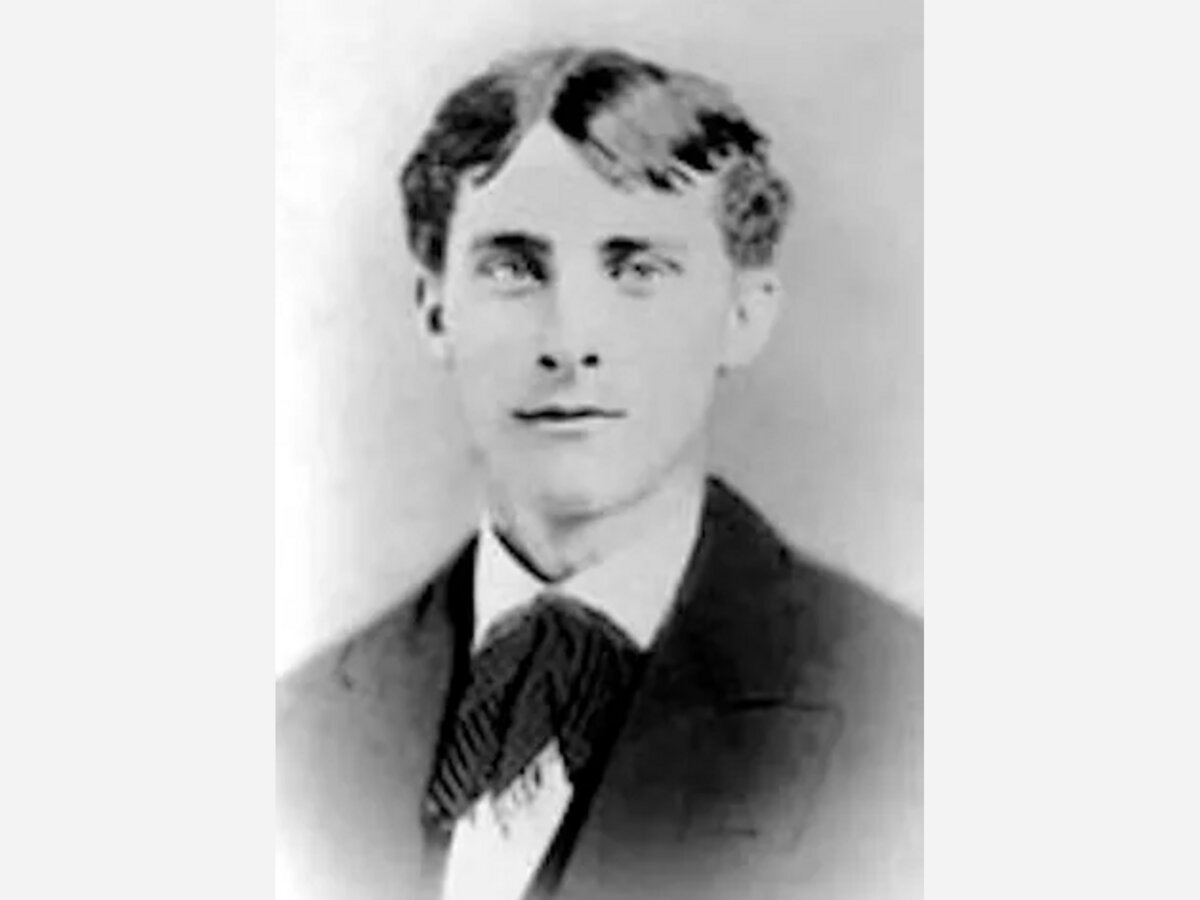Image


Already widely respected in his early twenties, Horace Mann’s son, Horace Mann, Jr., might have blazed an intellectual trail easily as brilliant as that of his father had not the scourge of tuberculosis cut him down at just 24 years of age.
Born in Boston in 1844, with the intellectual power of his mother, one of the famous Peabody sisters, shaping him at least as much as his father, he accompanied his father to Antioch College in Ohio, which his father had helped establish. The elder’s Mann’s untimely death in 1859 brought the family back to Massachusetts and Concord, where none other than Henry David Thoreau took the budding naturalist under his wing, taking him on an expedition to Minnesota.
Horace Junior followed that with classes under Louis Agassiz, one of the foremost naturalists of the 19th century, and at still-young age was accompanying Hiram Tufts Bingham, an American geologist, botanist, ethnologist only a few years his senior, on a botanical expedition to Hawaii.
Mann helped identify some 100 new species, including a fern given the name Diellia mannii, the second word a Latinization of his surname. This elusive plant was never observed again by science until 2002, and his now listed as critically endangered. Mann’s writings from the trip were eventually published as Enumeration of Hawaiian Plants.
Mann died on November 11, 1868, which happened to be the same day he was made a member of the American Academy of Arts & Sciences. A number of his unfinished writings were eventually completed and published by his colleagues. His personal herbarium eventually became the germ of the Cornell University herbarium.
Bingham lived until 1926, become the first director of the Bernice P. Bishop Museum in Honolulu.